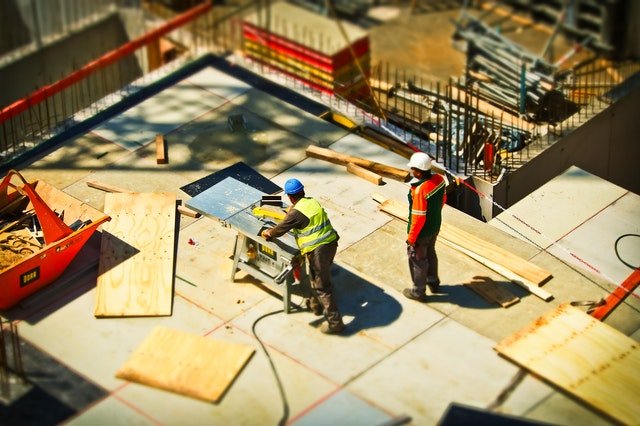
Regarding construction projects, the finish line is just as crucial as the starting point. A construction project must be adequately completed to ensure its long-term viability and safety.
In this brief guide, we’ll walk you through the essential stages and factors you should consider to effectively complete your construction project while keeping sustainability and safety in mind.
Ready to learn? Read more.
Comprehensive Project Review
Conducting a comprehensive review is imperative before reaching the project’s final stages. This involves returning to the initial project plan and comparing it to current affairs. This step is vital for identifying any deviations, potential safety hazards, or sustainability issues that may have arisen during construction.
Documentation and Records
Effective documentation is the backbone of a successful construction project finalization. Ensure that all project-related documents, including permits, drawings, contracts, and inspection reports, are well-organized and up to date. Proper documentation not only helps to ensure safety compliance but also facilitates future maintenance and sustainability efforts.
Safety Assessment
Safety should always be a top priority. Conduct a comprehensive safety assessment of the entire construction site. Identify potential hazards and rectify them promptly. Ensure that all safety protocols are in place and that the site is safe for workers, visitors, and future occupants.
Sustainability Evaluation
The building sector is increasingly concerned with sustainability. By considering waste management, energy efficiency, and environmentally friendly materials, assess the sustainability of your project. Implement sustainable practices wherever possible and document them for future reference.
Quality Assurance
A final quality assurance check ensures the project meets the specified standards and expectations. Inspect the construction work for defects, incomplete tasks, or deviations from the original plan. Address any issues promptly to avoid long-term problems compromising safety and sustainability.
As-Built Documentation
Create as-built documentation that accurately reflects the final state of the construction project. This documentation serves as a valuable resource for future maintenance and renovation efforts. It provides a clear picture of the project’s layout, systems, and structural components.
Testing and Commissioning
For safety and sustainability, testing and commissioning are essential. Ensure that all systems, such as HVAC, electrical, plumbing, fire safety, or pin release mechanisms function correctly. Verify they meet safety standards and are designed for efficient, sustainable operation.
Training and Handover
Before the project’s conclusion, train the end-users and maintenance staff. This ensures they know the building’s systems and can operate them safely and efficiently. The handover process should be thorough, including all necessary documentation and support.
Ongoing Maintenance Plan
Create an ongoing maintenance plan to maintain safety and sustainability over the long term. Regular inspections and maintenance activities are vital to prevent deterioration and promptly address potential safety and sustainability issues.
Bottom line
In conclusion, finalizing a construction project properly for safety and sustainability is a multifaceted process that demands attention to detail, careful planning, and adherence to best practices. By conducting a comprehensive project review, inspecting critical components like the pin release mechanism, and prioritizing safety and sustainability at every stage, you can ensure that your construction project stands the test of time while safeguarding the well-being of all those interacting. Remember, a well-executed project is not just about its completion but its enduring legacy.




